Our Two Cents: The Weirdest Automotive Words
Words can be unnecessarily difficult in the English language, which does everything from borrowing words from other languages to organizing them in ways that makes no sense to non-native speakers. So for this installment of Our Two Cents, we asked the team here at Hagerty Media about automotive words we’ve encountered that are decidedly odd.
To be fair, we have only scratched the surface. There are oh-so-many words that fit the bill, and some of them are even crazier than the ones we came up with here. So have a look at what we think are weirdest words in the automotive lexicon, and sound off in the comments for ones you wish we brought up.
Kammback

“I’m gonna pick Kammback. That’s mostly because I love the design, but partially because I already wrote the definition for Vellum Venom:
“Kammback: a body design featuring a downward sloping roofline and rear deck that abruptly ends with a vertical panel (or near vertical). Proven to reduce aerodynamic drag by its namesake, Wunibald Kamm.” — Sajeev Mehta
Wrist Pin
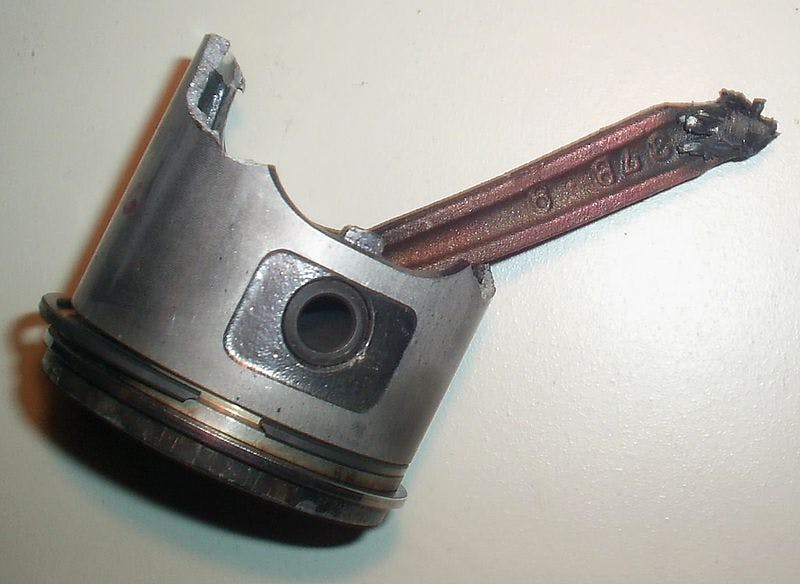
“The wrist pin is definitely worthy of this list!” — Larry Webster
“Just for giggles, I googled to see if wrist pins are a thing for orthopedic surgery in a patient’s wrist. Who here thinks I got a relevant website from my search?” — Sajeev Mehta
Jubilee Clip

“Isn’t there something called a jubilee clip?” — Larry Webster
“I think the British call hose clamps ‘jubilee clips.’ That’s definitely a cooler name than hose clamp.” — Sajeev Mehta
Layrub Coupling
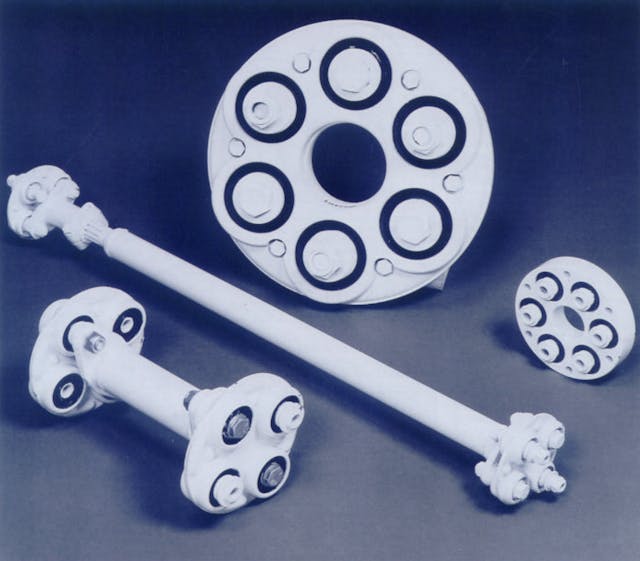
“And of course there are Laycock Layrub couplings: Only the Brits.” — Aaron Robinson
The, Absence of

“My vote is for the article the and the fact that the auto industry, particularly in Detroit, traditionally does not use an article as a modifier for car model names. For example, a Detroit marketing executive will say,
‘When we launched Malibu, we knew we would beat Camry.’
They do this instead of, ‘When we launched the Malibu, we knew we would beat the Camry.’ I’ve never understood it, I’ve always hated it. It’s like they want the car model to be considered an entity or something. So weird. You used to see it in print advertising copy. But there’s hardly any print advertising copy anymore, but that’s another story.” — Joe DeMatio
Spats
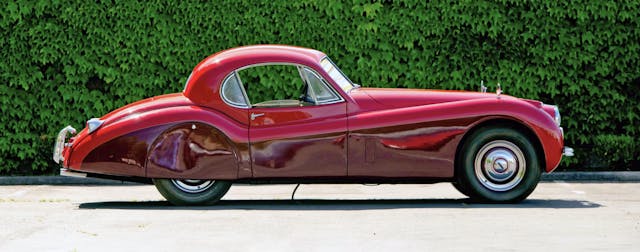
“Not only is ‘spat’ fun to say, because you spit the word out of your mouth, but it reveals an intersection between clothing and cars. Spats were originally a low-rise version of a gaiter (today, usually worn around your neck and/or mouth) for your ankle: a bit of cloth that you’d button over your shoe to keep dirt from getting inside it.
“In the automotive world, spats are removable panels that cover a car’s wheels … which do the same job that our feet (and shoes) do, although spats on a car don’t actually keep dirt from getting inside the tire; they’re mostly for aesthetic or aerodynamic value. Fun fact: Spat also refers to a cover over the upper part of a wheel on a plane.” — Grace Houghton
Splitter

“NACA duct, spoiler, valence—aero devices often have wonky names. The splitter is no different.
“To many a wing is a wing, no matter where you put it, but to the motorsports crowd wings have different monikers based on where they’re attached. Splitter, for example, is basically a wing on the nose that is flat to the pavement. The splitter diverts air to the nose of the car to create downforce. Downforce is good.
“Splitter, final answer. Oh, wait. Dzus fasteners! A ‘d’ followed by ‘z’, how cool is that?” — Cameron Neveu
Giubo

“I think the weirdest car word I’ve ever encountered is giubo, pronounced jew-boh. It’s a flexible coupling that allows rotational torque to be transmitted between a spinning shaft and the piece to which it is mated. Generally constructed of rubber, it corrects for misalignment in the system and dampens vibration. Commonly misspelled as ‘guibo,’ the term is a blend word derived from the Italian giunto, for ‘joint,’ and the engineer who patented it, Antonio Boschi, for use in the Alfa Romeo 1900. It is sometimes called a flex disc and is closely related to the rag joint.” — Stefan Lombard
“It is also known as a Rotoflex coupling, which is not as fun as my Laycock Layrub coupling suggestion.” — Aaron Robinson
***
Check out the Hagerty Media homepage so you don’t miss a single story, or better yet, bookmark it. To get our best stories delivered right to your inbox, subscribe to our newsletters.

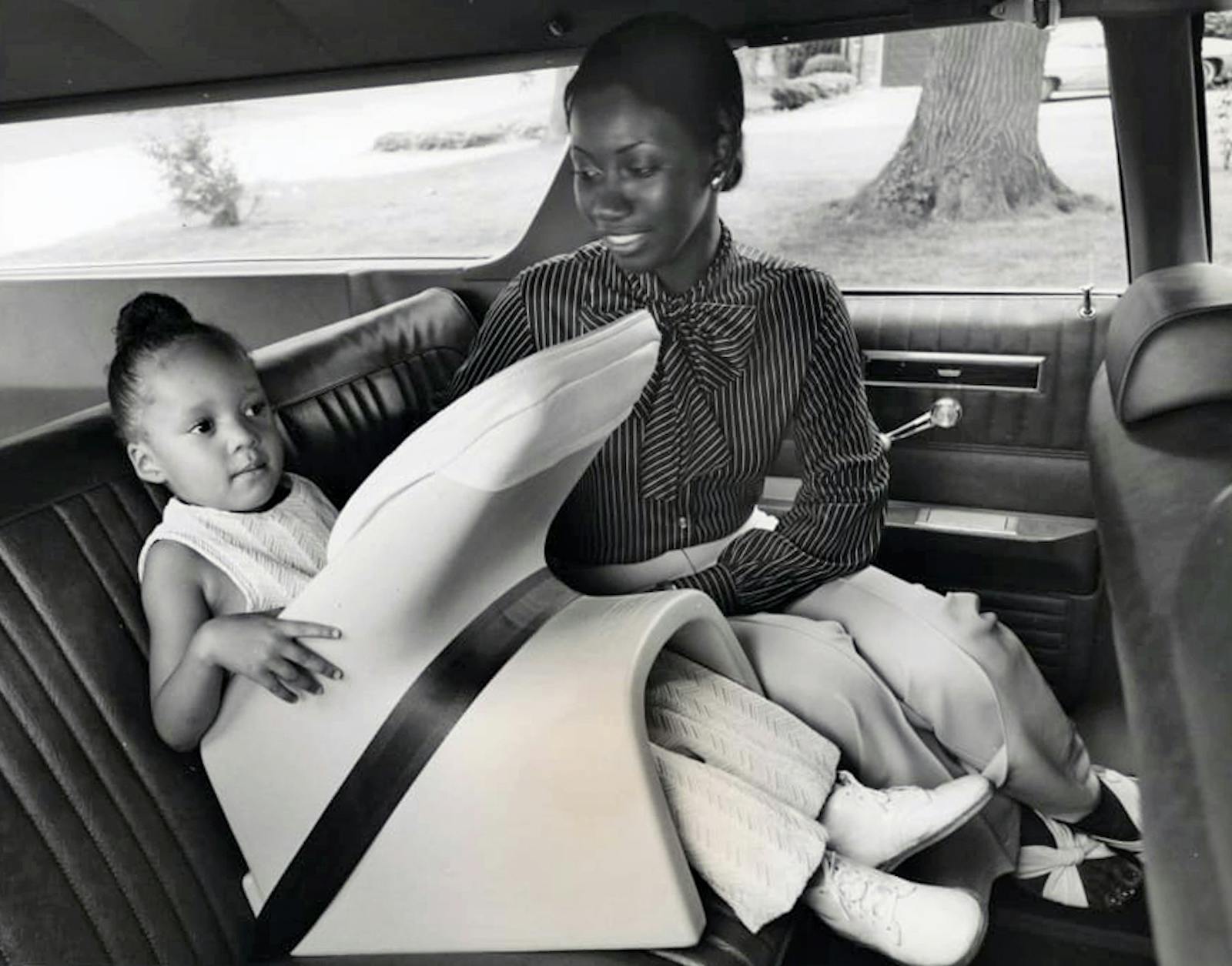
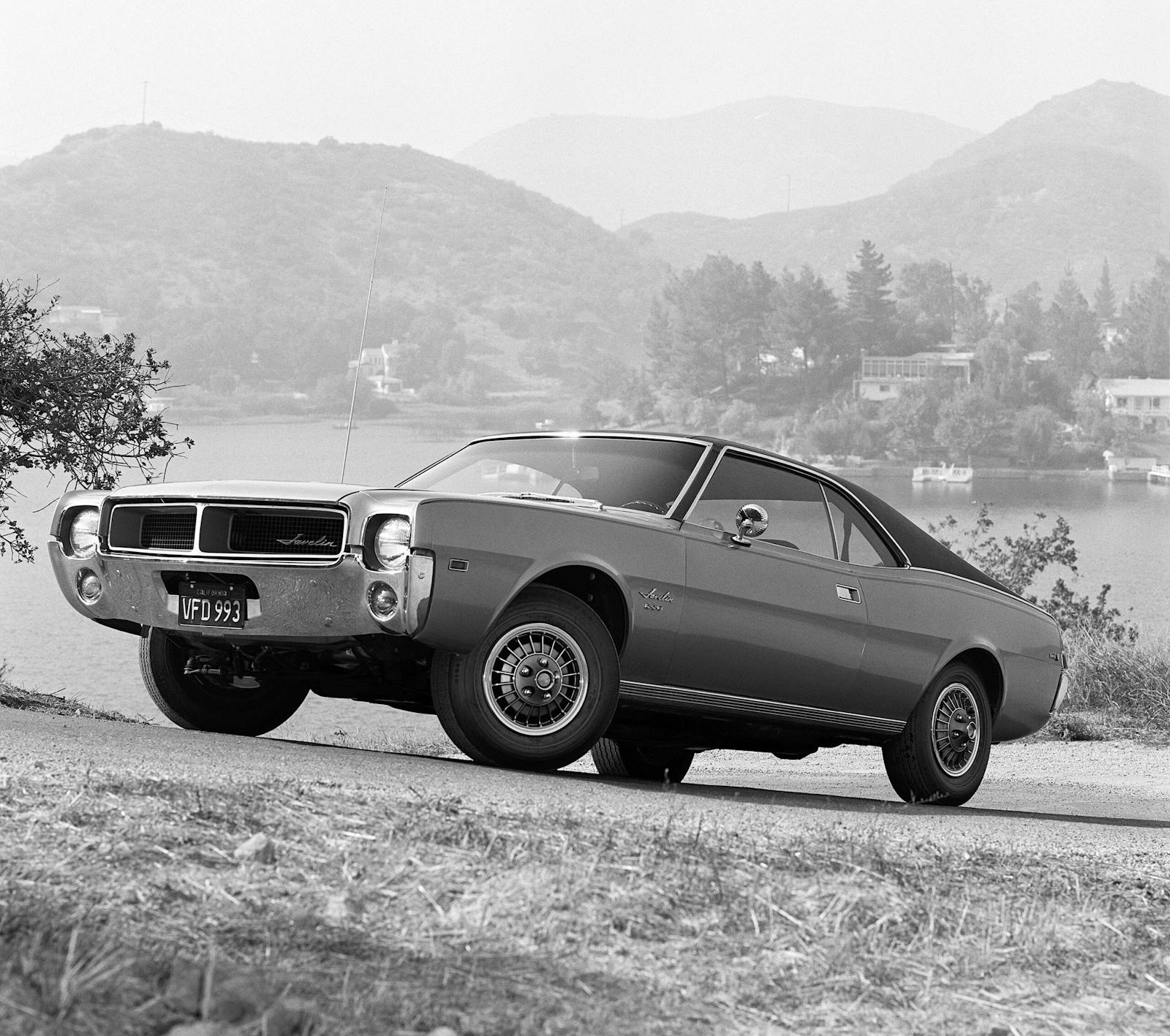
Dagmar bumper guards aka “dagmars”
Not a reach to say probably politically incorrect to at least some today, you can find Hemmings articles from 2018 on the net though (likely newer stuff somewhere as well). I remember this term being common in the 80s-90s hot rod mags. The alternative term “bullet bumpers” is probably non-pc as well (after all the NBA team changed their name…)
—–
Dashboard when you look into the history of the dasher board in old carriages and that this definition gets obscured in history. At least a cupboard (shelf for hanging cups on) still does it’s namesake function…
Ah, but whence the name?
From a ’50’s television sensation named Jennie Lewis.
Named “Dagmar” by Jerry Lester, her boss, she played the quintessential “dumb blonde”.
It was her voluptuous figure that’s most-remembered, and this (“these”) is where the comparison arose.
Yep. Apparently the Brits later had “Sabrinas” or such for something they did on MGs as well…
And then they had “Diana Doors”. AHAHAHA!
“Diana Dors”
Replaced in my ’66 Lotus Elan Coupe with proper CV joints via DBE as soon as I understood what the rubber joints limitations where. Lesson learned from my ’74 Super Beatle.
If I wanted to learn all the European and English terminology related to the automotive industry I would just check under the Bonnet.
And the bonnet is flanked by a pair of wings.
The British deserve a ‘boot’ in the ‘back’ !
Where else wouyld these terms come from!
Ok, ok, I was going to say “Gudgeon Pin” but no, you’re right, “dzus fastener” in way better!
What about when your big end is Knocking
Con Rod to crank shaft worn out
“Knock knock,”
“who’s there ?”
“Rod!”
a joke from a friend at work…
I came here to offer Gudgeon Pin (UK) as the alternative to Wrist Pin (NA).
And the last of Leyland imports were garnished with Sabrinas:
https://en.wikipedia.org/wiki/Sabrina_(actress)
Dagmar, the woman, was featured on the Tonight Show in the ’50s.
When I got to the part about aero devices (splitter, valence, etc.) I was hoping against hope that no one said “wickerbill”, which is one of my favorite words. And as long as we’re there, “ducktail” spoilers are pretty weird to say, but aptly named.
Ah yes, wickerbill, aka the Gurney Flap.
Dog leg.
Even better. Names of cars that could be taken wrong. Ram, Dodge and Impact. Worse yet Probe.
How about a NOVA?
Myth
So tell us what No and Va means in Mexican Spanish then
The myth is that it impacted sales. No one is arguing what the literal translation is. This may help.
https://www.snopes.com/fact-check/chevrolet-nova-name-spanish/
Of course, NOVA in Spanish translates as “It Does NOT Go!” I’m a ’63-’66 Mopar A body Dart/Valiant/Barracuda guy but used to drive my mom’s 69 Nova and laugh about the name.
I also dig Mopars.
I have the big block 74 Dart Swinger.
I had a ‘69 Nova SS and it went very well!
Perhaps you remember that in Spanish “No va” means “Doesn’t go.”
Don’t forget Matador, “killer” in Spanish, and yes, Nova means “it doesn’t go.” Jay Leno said once in a monologue, “GM chose the name “Impact” because apparently the name “Flaming Ball of Death” was already taken!
Rumor had it that Dodge had trouble selling the Aspen to women. They didn’t like being asked, “How’s your…
Lets hear it for the roto-flex couplings! Used in Lotus Elan (and others similarly afflicted), you had to get the clutch engagement *exactly* right or the car would lurch forward as you loaded the roto-flex, and then back as the roto-flex unloaded. Startup was whuh, whuh, whuh, with your head jerking back and forth with each whuh, and the longer you kept at it, the worse it got. Only cure was disengage the clutch and try again, this time more carefully. And that was one of the MINOR issues the car had . . .
Hallo.
Sehr lehrreiche Beiträge man lernt nicht aus.
I never had that problem with my Elan. Perhaps I have a light touch on the clutch.
That 5.7L GM Diesel was a V8!
“Squirrel cage”.
Used to describe the blower fans on many car heating and AC units because of its resemblance to a hamster wheel.
Am I going crazy? I swear I’ve only ever heard guibo pronounced like gwee-bo.
“Jew-boh”…. ffs!…. its “gwee-bo”!!!
No, it’s not. “Giunto” is pronounced ji-untoe, hence ji-uboe.
Actually, I checked several online sources, and they all say something very similar to “JEW-bow” – not “gwee-bo” or such.
When I saw the pronunciation, I assumed it had an Italian origin. You need look no further than the Alfa Romeo Giulia, pronounced “jew-ya” in Italian.
Same here! Apparently I’ve had it wrong since 1988, which is when I had one spit out a chunk while on an interstate at an ‘enthusiastic’ pace.
If you guys are having that much trouble with giubo, let’s see how you do with Giorgetto Giugiaro! 😆
Wrong since 1982 here.
I’ve had a few and always heard it called a Gwee-Bo as well. But after seeing the Italian word for joint, I can see how it might have come about.
The misspelling is widespread (even in some third-party BMW shop manuals by a reputable publisher, I’m told), and the mispronunciation even more so. Especially in America where more than a few immigrant families saw their name changed from Giuliano to Guiliano (etc.) at Ellis Island!
Fun fact: Antonio Boschi’s house in Milan is now a small art museum and, in addition to actual fine art, you can see the “golden giubo” sculpture he was given when he retired from Pirelli.
In my mind I’ve always pronounced it as Gwee Bo, but ooking more carefully at the spelling I see it is pronounced as Jew Bo. I most hear of the piece when talking about BMW 2002s and 1600s. I should know better after restoring BMW plunger framed bikes for the past 24 years. They all have whet is referred to as a donut between the tranny output shaft and the drive shaft. Uh Oh, and I going to get nailed for using the word “tranny”?
No Hofmeister kink?
Whale’s Sperm for rear ends. I swear to God it’s real.
No sperm whale oil for rear end. Now replaced.
I have several bottles of the original whale oil rear end additive stored away in my garage. It has indeed been replaced with a synthetic, but there was a time where there were no substitutes available. Hence, why I stashed some away. Five circles clockwise then five circles counter-clockwise. (I know some Brit will sat “anti-clockwise”! )
only counter clockwise if referring to Witches chanting spells
Another name (perhaps more Americanized) for spats is Fender Skirts. Not really weird, per se, but to the uninitiated, might not be readily identifiable.
^the Americanized comment is on point.
-point of view of terms from different continents: hood/bonnet, trunk/boot and such.
-The mangling of pronunciation coupe (coop vs. coo-pay) but that even holds true for brand names (Porsche).
-Truck is sort of one too… the “troublesome trucks” in Thomas the Tank engine are the freight cars. Freight cars move cargo… another word for cargo once upon a time was truck as truck was a word for the act of trade (commercial sale of goods). A pick-up truck is a lorry used to move cargo. A lorry was originally a low, flat deck cart used to pull truck. —the point being many wagon-related words were adopted into automotive lingo without necessarily keeping their original meaning.
True and great points. If I recall, what we call a sedan here in the U.S. is a saloon in the U.K.
I kind of like the idea of “spending the afternoon in the saloon”…😛
Every time I hear UK folks talk about car parks, I imagine cars on swings and merry-go-rounds… although it is a perfectly logical term
Don’t forget that us Brits invented the English language, you guys now use some hybrid language!
Yes, Brits “invented” the English language, including correct grammar: “WE Brits invented. . . “
…licks finger and makes an imaginary numeral “1” in the air…
Yes. Predicate nominative.
See, I occasionally paid attention in my ’50s Detroit Cooley High School English class.
The ‘truck = trade’ definition also explains a term that long bedeviled me: truck gardens. As a child, I asked parents, teachers, etc. what it meant, and the usual response was along the lines of, ‘they use trucks to haul the produce to market’ — which, of course, equally applied to all crops on every farm. My confusion only grew when I saw ‘truck farming’ references that dated from the 1800’s. Thank goodness, the internet finally came along…
Thanks for passing on what the internet shared – seeing my local farmers with their trucks at the farmers market I assumed the same thing your teachers did!
Besides “fender skirts” I’ve had a few people look at me strangely when I referred to inner fenders as “Inner Skirts”, a term I learned for them 50+ years ago.
I learned all the British terms Boot, Bonnet, Saloon, and Lorry, as a kid in the 60’s playing with Matchbox, Corgi and Dinky cars. How about “Estate” and “Shooting Brake” or sometimes just “Break”, all British terms for what we call station wagons. While “Rumble Seat” itself is an interesting term, the British call them “Dickeys”.
I haven’t read through all the comments, but has “Frame Horn” been mentioned yet?
“How about “Estate” and “Shooting Brake” or sometimes just “Break”, all British terms for what we call station wagons.”
This past year I learned that originally “station wagon” was a large (usually covered) horse drawn wagon used to shuttle passengers and their luggage between train stations and hotels.
But not all automotive spats are really fender skirts. For example, the protrusions in front of the 1970’s Trans Am’s wheels were known as “spats”.
…and on an aircraft known as ‘Wheel Pants’ ! LOL
I remember as a kid being told to place something “on the running board” of my dad’s pick-up. It was neither running nor a board, so that sounded kind of weird to me.
They are the Boards you hopped up onto after push-starting the car. You had to Run and catch up after the engine fired.
Okay, many of you have a glove compartment in your vehicles, but I grew up calling them the Jockey Box. I’ve no idea if we ever actually stored a Jockey in there (those guys are generally pretty small), but sometimes there really WAS a pair of gloves…😁
Or a rag joint?
My family calls that a Jockey Box too.
To my wife that is a “cubby hole”
As a teen, I never kept gloves in the glove box, but I had a couple Playboy/Penthouse magazines in there…
Dickie Seat – how did they come up with that one?
Older English for a horse drawn coach where the driver sat above the coach at the rear. Likely related to English working class clothing known as dickies. Watch old Hammer movies to see the coaches. These are also known as a rumble seat in the US or a mother-in-law seat. The latter is self explanatory but I’ll leave it to someone else to research ‘rumble’.
As an old railroader i spotted customers freight cars at the “Team” area. I never saw a horse.
My vote for weird word? Rzeppa Joint (a specific type of CV joint. “What’s a nice axle like you
doing in a joint like this?”)
Watch my rear end not hers !